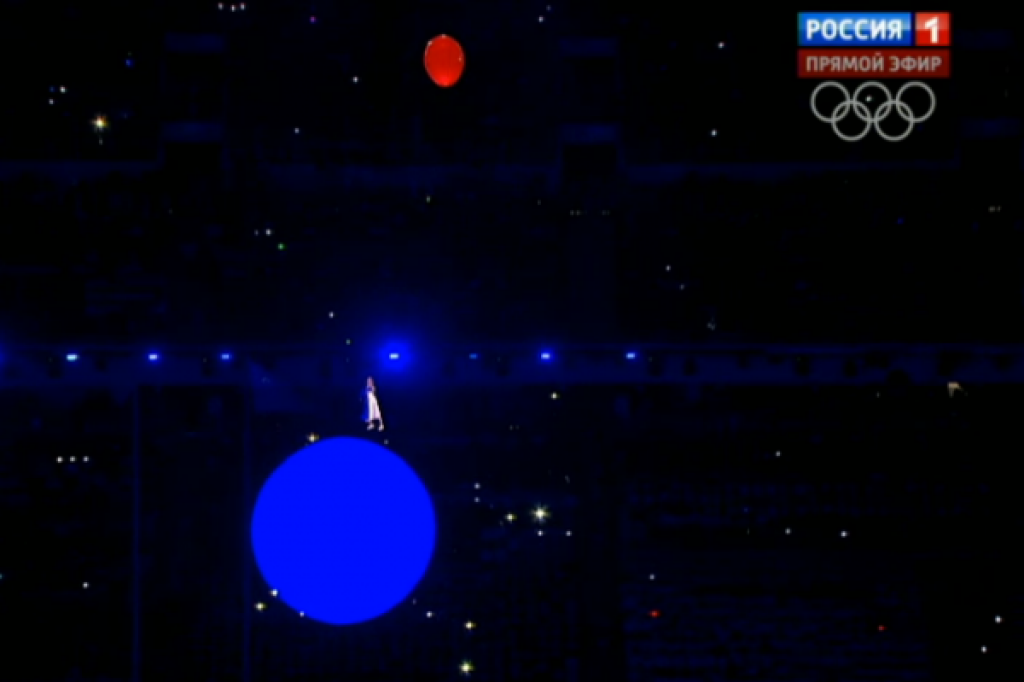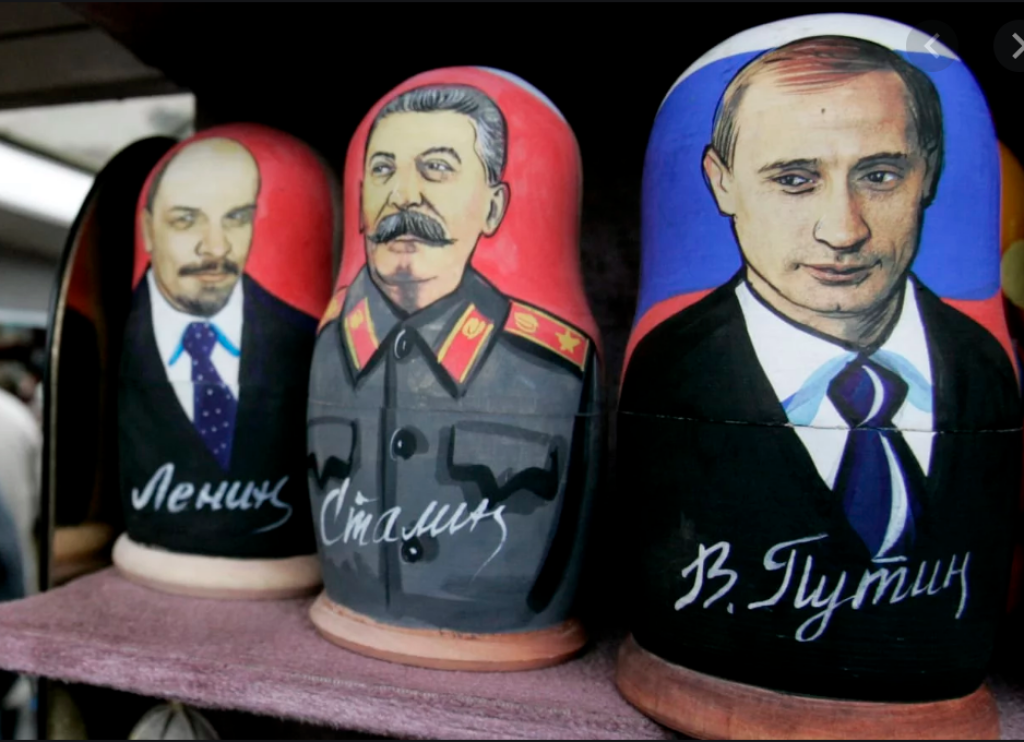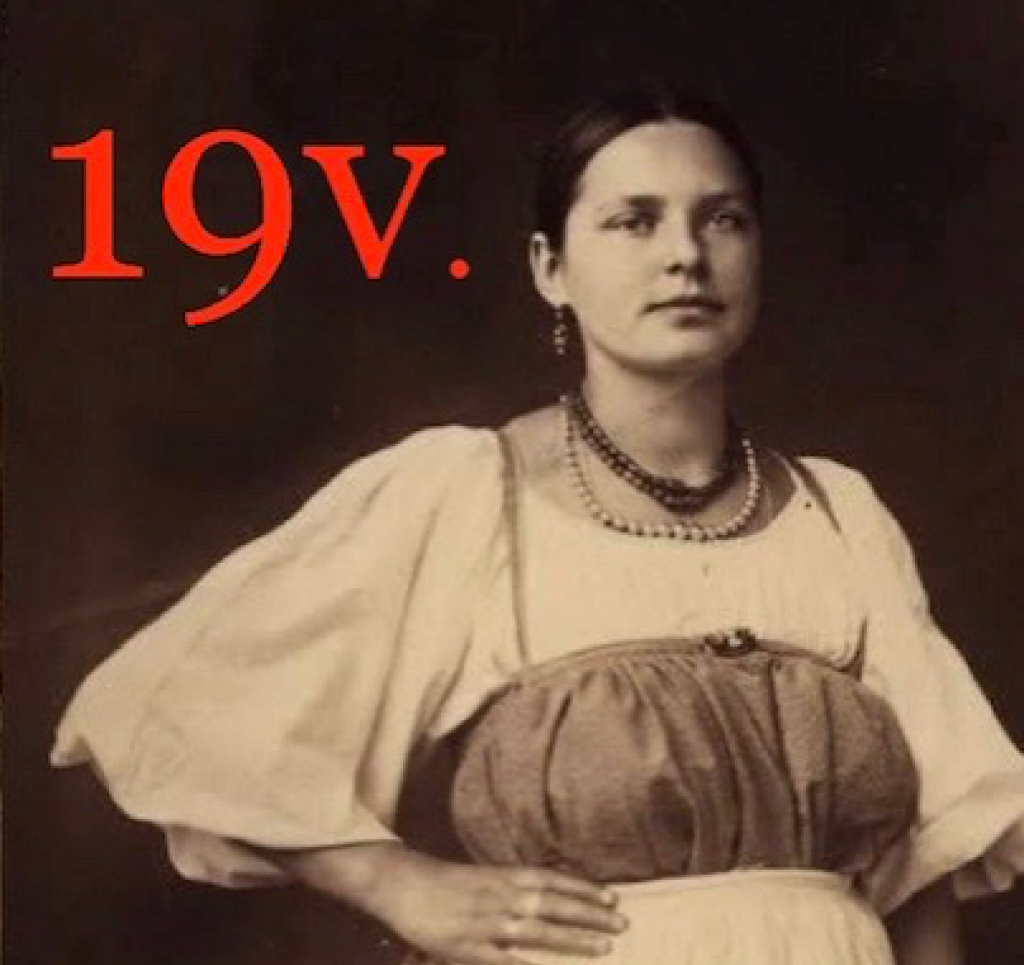Veronica Davidov is Assistant Professor of Anthropology at Monmouth University and co-editor of Laboratorium: Russian Review of Social Research
“Each epoch has a side turned to dreams, the child’s side.”
Walter Benjamin,
The Arcades Project
The opening of the 2014 Olympic Games in Sochi was an extravagant, multi-media spectacle, complete with fireworks, Tchaikovsky’s Swan Lake, the return of a somewhat transformed “Mishka”—the bear mascot from the 1980s Olympics, and a long grand narrative of Russian and Soviet history presented as a psychedelic dream of a young girl named Lyuba—her name is a diminutive of Lyubov’, the popular Russian female name, that also means “love”.
In his posthumously published “Arcades Project,” Walter Benjamin suggested that the past persists in the present in the form of a dream, and the staging of Lyuba’s dreams could be said to literally take the page out of what Benjamin called his dialectical method of “doing history”: with the intensity of a dream, to pass through what has been, in order to experience the present as the waking world to which the dream refers. Lyuba’s first dream is of the nationalistic alphabet, where each letter is animated with the spirit of an iconic Soviet or Russian aspect. Her second dream unfolds as a hyper-aestheticized Russia’s history of itself, over which Lyuba floats in her nightgown, like Benjamin’s angel of history, carried forward towards each successive iteration of Russian modernity and progress.
The semiotic richness of the visual spectacle itself and the voiceover that accompanies Lyuba’s dreams in the Russian version of the opening ceremony could itself launch a thousand dissertations (or at least become a footnote in many an academic analysis). But what interested me, as a Russian-born American resident, watching the original broadcast and following the media coverage of the opening in the US media, is the “lost in translation” aspect of how Lyuba’s dream was interpreted for the (probably confused) American audiences by media commentators, many of whom were elaborating on or taking cues from David Remnick’s expert analysis of what was going on. Remnick had said, after seeing the rehearsals for the main event, that Russia’s concept for the grand show was: "we are going to bobsled right past a lot of events and a lot of tragedies in the past.” That summation has made the rounds, and that representation of the spectacle of history as a compendium of strategically selected key moments, with notable exclusions (which is undoubtedly was, on one level), has obfuscated that it was designed to be an aesthetic, affective history of Russia and USSR, where aesthetics drove the narrative.
The Russian voiceover, moving through history, barely references specific historical moments, but rather uses the vocabulary of colors, sounds, and senses to evoke appropriate emotions in the audience. Tragedies are evoked, several times, with references to blood and the color red: the industrial “building of socialism” period, marked by the decidedly Marxist locomotive (of history?) appearing on the stage, is explicitly connected with avant-garde art forms, and with blood. No, there is no naming of Stalin, but World War II, that lynchpin of every narrative of Russian nationalism, is similarly evoked, rather than discussed. Of course, this aesthetic and evocative history is both strategic and selective—but not in the didactic way in which it seems to be represented in American coverage of the event. History is purposely mixed with literature, as the historic reforms of Peter the Great give way to Natasha Rostova, the protagonist of Tolstoy’s “War and Peace” waltzing at her first ball.
But the most glaring instance of “lost in translation” is the American media’s interpretation of the closing sequence of Lyuba’s dreams—the moment where she lets go of a red balloon. This moment was uniformly interpreted throughout the American mediascape as letting go of the dream of communism. On the air, NBC’s co-host Co-host Meredith Vieira said: “Our guide Lyubov has reappeared one last time holding on to a red balloon which represents the end of the 20th-century dream.” Steven Zeitchik of the Los Angeles Times, wrote: “You could even choose the little girl floating away on a red balloon to mark the end of communism rule.” (Bewilderingly, he then linked the image with references from the wrong semiotic toolkit, writing that it was “a move that managed to reference "Mary Poppins, "M" and the entirety of the Soviet period in one neat, helium-filled gesture.”) TIME’s TV Critic wrote James Poniewozik wrote, “the turbulent recent history, perestroika, the dissolution of the Soviet Union, Russia’s lurches toward and away from democracy, were summed up by a girl letting go of a red balloon.” A caption to one of the photos in the Sochi 2014: The Opening Ceremony slideshow featured by The Atlantic website, reads: “Liza Temnikova, as Lyubov, releases the red balloon of communism.” Where does this consensus come from? The Wire’s online feature, “The Sochi Olympics Opening Ceremony Explained,” offers a centralized explanation: “One of the Ceremony's most powerful images comes at the very end when Lubov, the little girl who acts as a guide through each era of the performance, releases a red ballon while floating in the air above a large blue globe. Releasing the red balloon is meant to signal the end of the (very red) Soviet Russia, and ‘the dream of an era with great hope for the future,’ according to the official media handouts. “
But was that the case? Did the balloon stand (or float) for communism, the great Soviet dream? The short answer is—not really. The long answer is—implicitly and partially, but that is just a small fragment of what that coda to the performance signified in Russia’s symbolic universe. Here is how the Russian voiceover for the show narrated that part of the performance: "It is time for our Lyuba to wake up. In her last, light dream she was gifted a balloon. It can remind her of the fierce sun of the ancients, and the fierce absoluteness of color of the avant-garde. It can remind her of how her Russia came to be, what it fought for, and what it became--and how it always hungrily and passionately dreamed of rising upward. Lyuba lets go of the balloon--she now knows her place on the small blue planet. The girl is watching, the balloon flies on.”
The American media narrative of that balloon and its release makes it a symbol rupture and one particular moment, while the Russian framing of the same act is meant to symbolize the continuity of the longue duree history. This is even more evident if one recognizes (as virtually any Russian audience member will) that the last sentence of that script, “the girl watches, the balloon flies on”—is a reference to a famous song by Soviet singer-songwriter Bulat Okudzhava. His minute-long existential melancholy song about a blue balloon and the cycle of life and time, goes: “a young girl is crying / her balloon flew away / she is consoled / the balloon flies on / a young woman is crying / she still doesn’t have a fiancée / she is consoled / the balloon flies on / a woman is crying / her husband left her for another / she is consoled / the balloon flies on / an old woman is crying / her life was to short /meanwhile the balloon has returned / and it’s blue”
The affect the Russian script is going for is not about letting go of a dream. It is designed to trigger something like a bittersweet awareness of the lifespan—of a person or a nation—as perpetually being left behind in the transition from past to present, from dream to wakefulness, but also as recursive, containing all of itself in its next iteration, next loop of the spiral. And the scope of history Russian viewers are expected to accommodate in “waking up” along with Lyuba is much bigger than the Soviet to post-Soviet transition. In fact, the voiceover has already brought the viewers to the present day some time before the release of the balloon—in the last segment of the dream, where “lovers” swaying to the sound of famous song “Moscow Nights” give way to mothers with strollers, the script places us squarely in the now, as it reports that in 2013, for the first time in decades, the birth rate (that obsession of the Russian government and media) has surpassed the death rate—“that means, we will live,” says the narrator.
So, the balloon is designed to evoke the pagan sun of ancient Russia, the aesthetics of the Bolshevik revolution, the blood spilled over the course of the long project of nation-building, and, last, and most crucial—its ascent specifically meant to play out as a fulfillment of a dream about leaving gravity, going into orbit. The girl is standing on the blue sphere, explicitly named as the planet Earth, known to Russians as “the blue planet” following Gagarin’s transmissions from orbit. The cosmic significance of that blue sphere, the chromatic and geometrical mirror of the red balloon, did not cross the cultural barrier into American media narrative of what that culminating moment of the performance signified. In a way that is surprising, given the emphasis on space in the run-up to the Olympic Games, and in the design of the show itself. Russia this year became the first host country to take the Olympic Torch into orbit during the pre-Olympic relay, with Russian cosmonauts Oleg Kotov and Sergei Ryazanski carrying the torch on a spacewalk. And space, that grand narrative of Russia, then the USSR, then Russia again, appeared over and over in the spectacle: the “alphabet” part of Lyuba’s dream alone features Gagarin, Tsiolksvky, Sputnik, and a space station in orbit, and the Soviet space history is referenced in the historical section of the dreamscape. And what is telling, Russian interpretations of the final scene, in the media and among viewers on twitter, suggested that Lyuba flew away into space herself; that her aerial disappearance was a nod to the Olympic Mishka of the 1980 Moscow Summer Olympics flying away at the closing of the games, carried upward into the night sky by a bunch of balloons. For the Russian audiences, the release of the balloon was not about letting go of something, but about the movement upward, so fetishized in Russia’s fairy tale of itself.
So, letting go of Communism and the Socialist dream was not the interpretation Russian audiences reached for. And that makes sense—ending a theatrical segment entitled “Dreams about Russia” with the fall of communism is very, well, retro. It only makes sense in a teleological narrative where that particular moment of rupture is the Russian version of “the end of history”—and saccharine and self-serving as the state production of “Dreams” may be, it reflects the fact that “the end of communism” is no longer experienced by Russians as “the end of history,” if it even ever was. But it is interesting that this is the chronology that seemed self-evident in the American imaginary of Russia and its temporal unfoldings. It would seem that this imaginary is still tethered to the Cold War-era ideas of building blocks of history, as the media interpretation projects the key moment in American history of Russia onto Russia’s symbolic craftwork of its own history.



